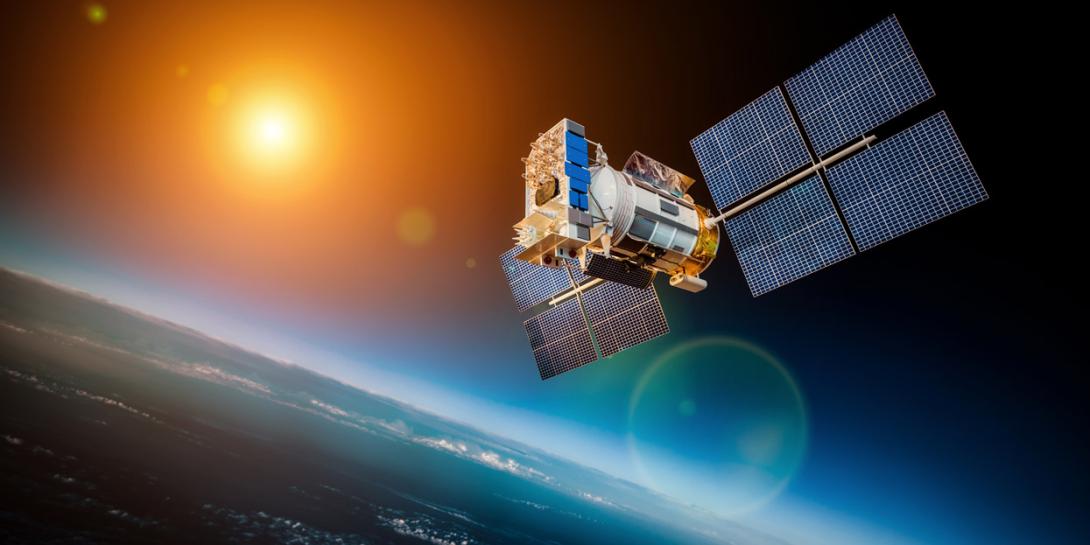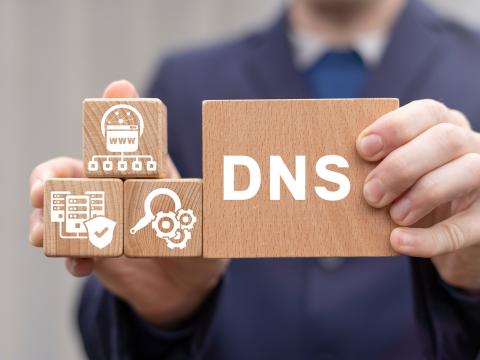Teaching Satellites Self-Defense
Researchers at Sandia National Laboratories launched a seven-year mission campaign this month to develop the science, technology and architecture needed for autonomous satellite protection systems.
The campaign, called Science and Technology Advancing Resilience for Contested Space (STARCS), will fund dozens of Laboratory Directed Research and Development projects that focus on three critical areas: threat-defended hardware, which is technology that protects satellite processors, circuits and systems from attacks; cognitive analytics, or software algorithms that can rapidly and independently detect, adapt to and defeat threats; and sensor protection that shields sensors from harm.
The intent of the campaign is for Sandia to take on a large national priority through its internal research and development investments, Jeff Mercier, one of the campaign’s senior managers, said in a written announcement. “Sandia has a long and successful history in space systems engineering. We need to ensure our payloads survive against emerging threats in space.”
According to a recent report by the U.S. Defense Intelligence Agency, more countries and businesses are participating in satellite construction, space launch, space exploration and human spaceflight than ever before because both technical barriers and costs are falling, but at the same time some foreign governments are developing capabilities to threaten others’ ability to use space, the written announcement points out.
A satellite could be threatened in numerous ways, including missiles, lasers that could blind the optical sensors, directed or kinetic energy, electronic warfare, robotic mechanisms, chemical sprayers, high-powered microwaves and radio frequency jammers.
The three STARCS research areas—threat-defended hardware, cognitive analytics and sensor protection—will develop a satellite’s capability to automatically detect threats and defend itself to ensure that optical, radio frequency, reconnaissance and communications assets are preserved and operational during an attack. The campaign is also pursuing reversible threats—actions that temporarily disable an attacking satellite without destroying it.
Sandia launched 12 STARCS-related laboratory directed research and development projects this month and may see even more projects per year for the rest of the campaign, which will run through 2027.





Comments